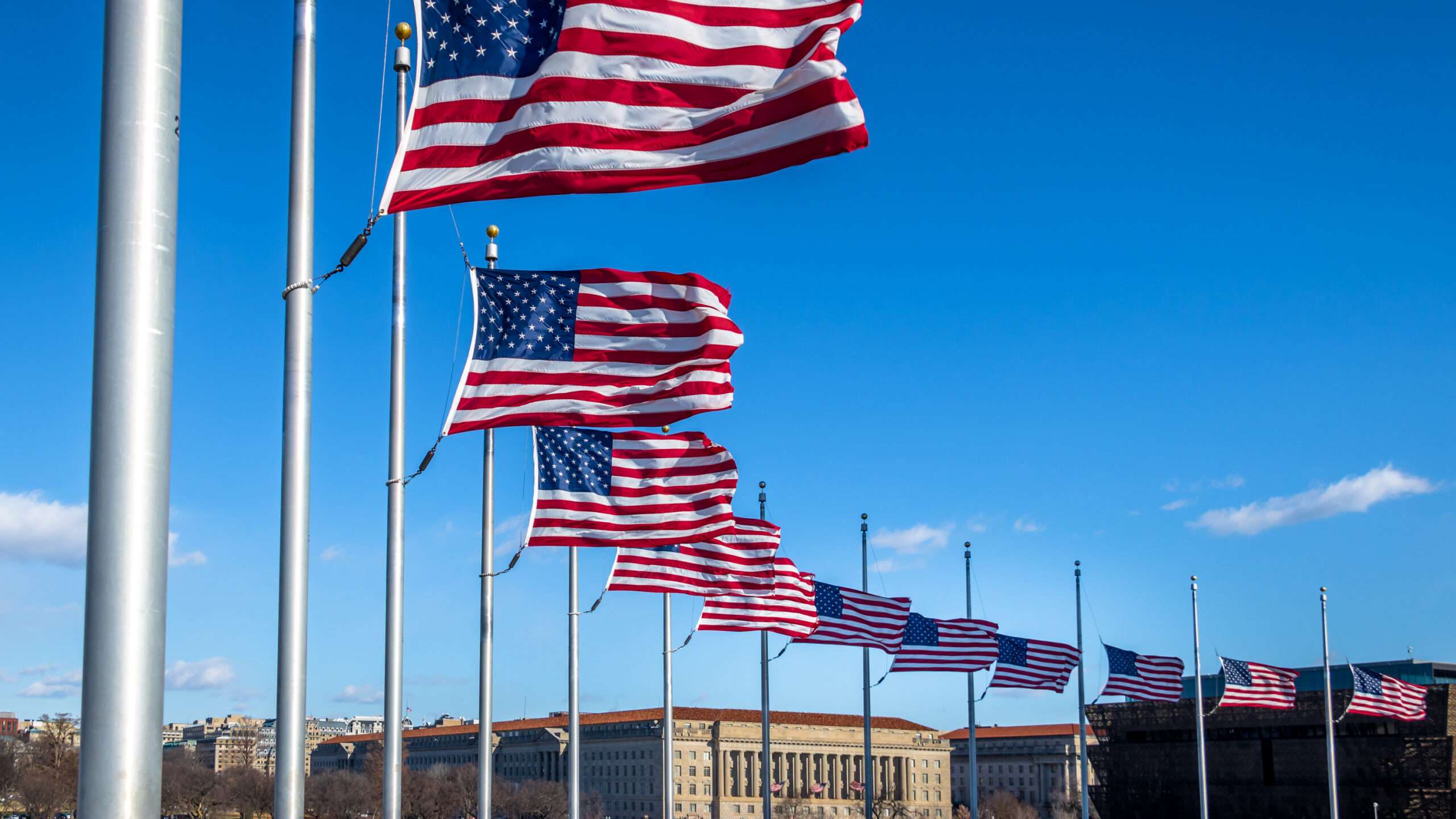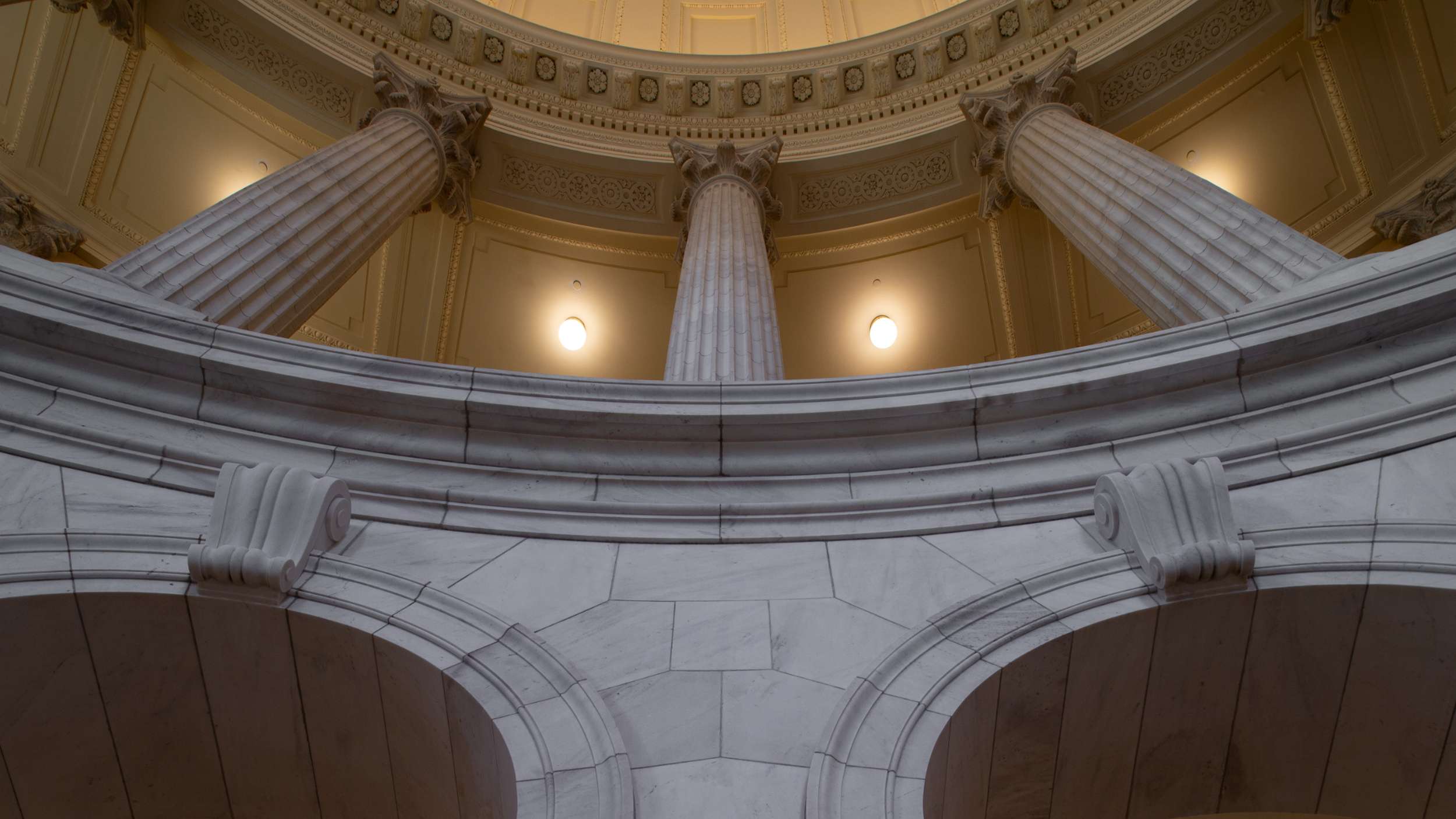By Jason Cooper, CPA Research Assistant
The USA places duties on trade in response to unlawful trade practices by foreign companies, but in some cases companies illegally bypass those duties, gambling that they won’t get caught. In February of 2016 the Enforce and Protect Act (EAPA) was passed to improve trade law enforcement and duty collection.
Antidumping and Countervailing Duties: Antidumping is the practice wherein a foreign company intentionally sells at low prices to drive domestic companies out of business, possibly selling at a lower price than they do in their home country. The USA prescribes duties to prevent this. Countervailing duties similarly seek to counteract low prices that are a result of government subsidies by the foreign country. Unfortunately, foreign companies on occasion try to illegally bypass those duties, as the likelihood of being caught and severity of punishment if they are is insufficient to dissuade them. They achieve this via:
1. Transshipment: Completed goods shipped to a 3rd country without trade duties to the USA, then imported to the USA with false docs claiming it is from the 3rd country.
2. Fraudulent Paperwork: Completed goods shipped to the USA with paperwork falsely claiming they are from a 3rd country without trade duties to the USA.
3. Misclassification: Completed goods shipped to the USA with paperwork falsely claiming they are under a goods code that is not subject to trade duties.
The GAO reports that 2.1 billion in duties have gone uncollected since 2000.
Passage: In 2015, Congress passed and the President signed the Trade Facilitation and Trade Enforcement Act of 2015. Contained within that act is Title IV, the Enforce and Protect Act, a bill idea originally pushed in 2011 by Wyden (D-OR) and Collins (R-ME) before eventually being included in the passage of the broader TFTE Act. Its effects can be divided into the following components:
Greater Petitioning Access: Allows “interested parties” to make allegations of merchandise duty evasion that must be formally investigated by the CBP. “Interested parties” includes:
1. Foreign manufacturers, producers, or exporters, or United States importers of such merchandise.
2. Trade or business association whose majority of members are producers, manufacturers, wholesalers, exporters, or importers or such merchandise.
3. Certified or recognized union or group of workers of an industry similarly dealing with such merchandise.
4. Other coalitions or organizations representative of the above.
To be specific the allegations must be of “material and false” statements or omissions about merchandise that “results in any cash deposit or other security or any amount of applicable antidumping or countervailing duties being reduced or not being applied with respect to the merchandise.” Parties may appeal to the US Court of International Trade, but only if the CBP decides to launch the initial investigation[1].
Accelerated Timetable: Sets deadlines for when the CBP must:
1. Determine whether to initiate the investigation: 15 business days
2. Determine whether reasonable suspicion exists and suspend liquidation of merchandise: 90 days
3. Make final determination: 300 calendar days, with possibility of 60 calendar extension.
4. Notify the interested party: 5 days.
Once the CBP finds reasonable suspicion exists, they must suspend liquidation of merchandise[2] collected post-initiation, extend the period of liquidating merchandise entered pre-initiation, and take measures to collect duties. Final determinations by the CBP and Commerce department are subject to judicial review by the Court of International Trade[3].
Enhanced Information Collection: The act gives the Secretary of Treasury the authority to:
1. Negotiate bilateral agreements with foreign customs authorities in order to share info and otherwise cooperate on trade remedy laws. It also sets this as a “principal negotiating objective”.
2. Share proprietary information with the Secretary of Commerce of the United States Trade Commission so that they can assist the Treasury Secretary in identifying customs violators.
3. Collect information and issue questionnaire to various authorities, the evasion allegation filer, and the accused. It also allows the Secretary to make adverse inference when making determinations if there is failure to cooperate, or for other reasons such as other negative determinations in other proceedings[4].
New Investigative Bodies: Has the Secretary of Homeland Security create the Trade Remedy Law Enforcement Division within the Office of Trade, with the job to:
1. Develop anti-evasion policies, direct enforcement and compliance assessment regarding evasion.
2. Develop and conduct risk assessments, and issue Trade Alerts notifying port directors when to do additional inspection and testing.
3. Develop policies for application of bonds “commensurate with risk of (duty) non collection”[5].
Conclusion: The Enforce and Protect Act better enables the CBP to seek and share information, coordinate with foreign and domestic bodies, allows for more groups to petition them, and encourages a more rapid response.
[2] “Liquidation means the final computation or ascertainment of the duties (…)” (19 CFR §159.1)













